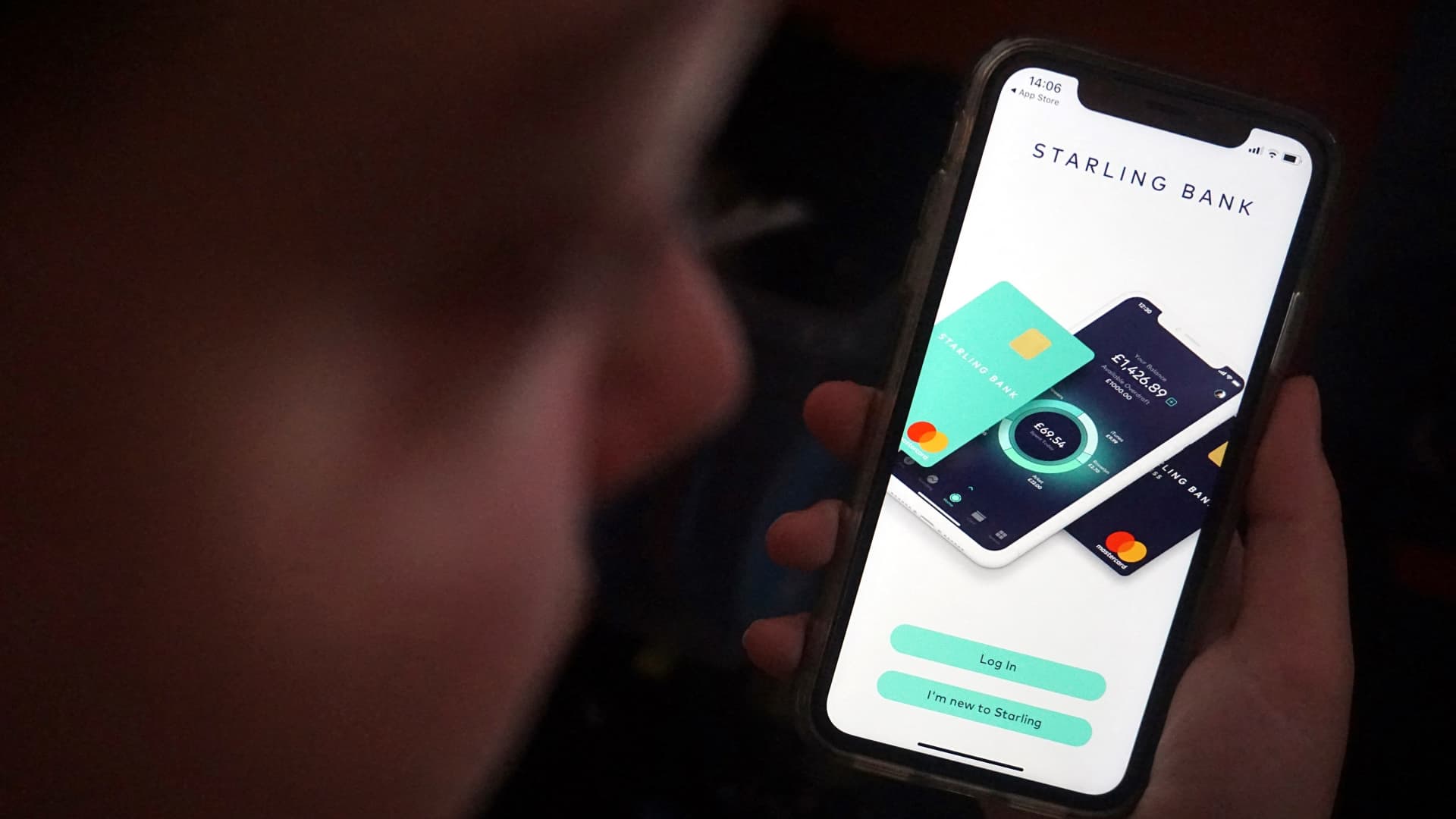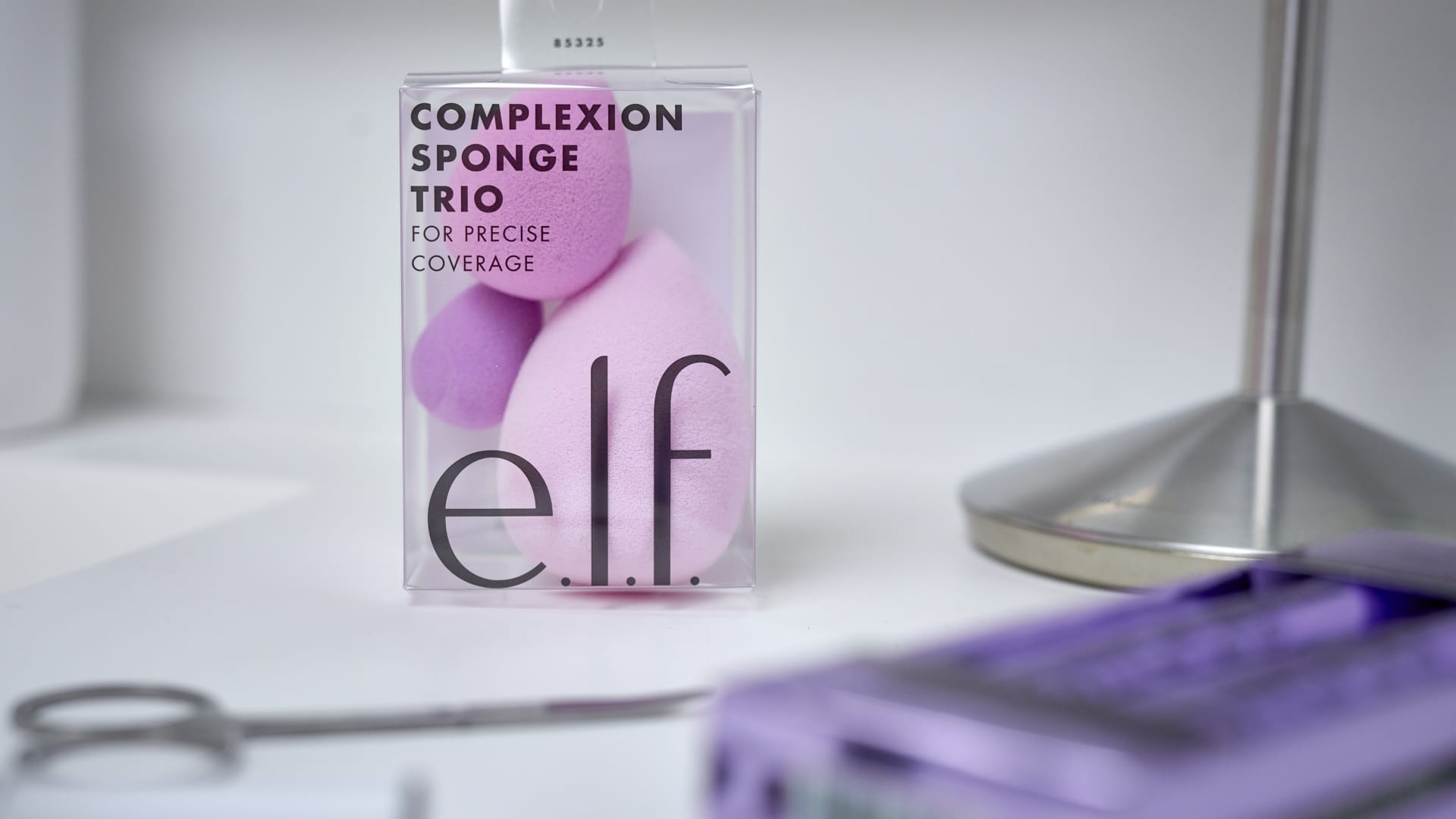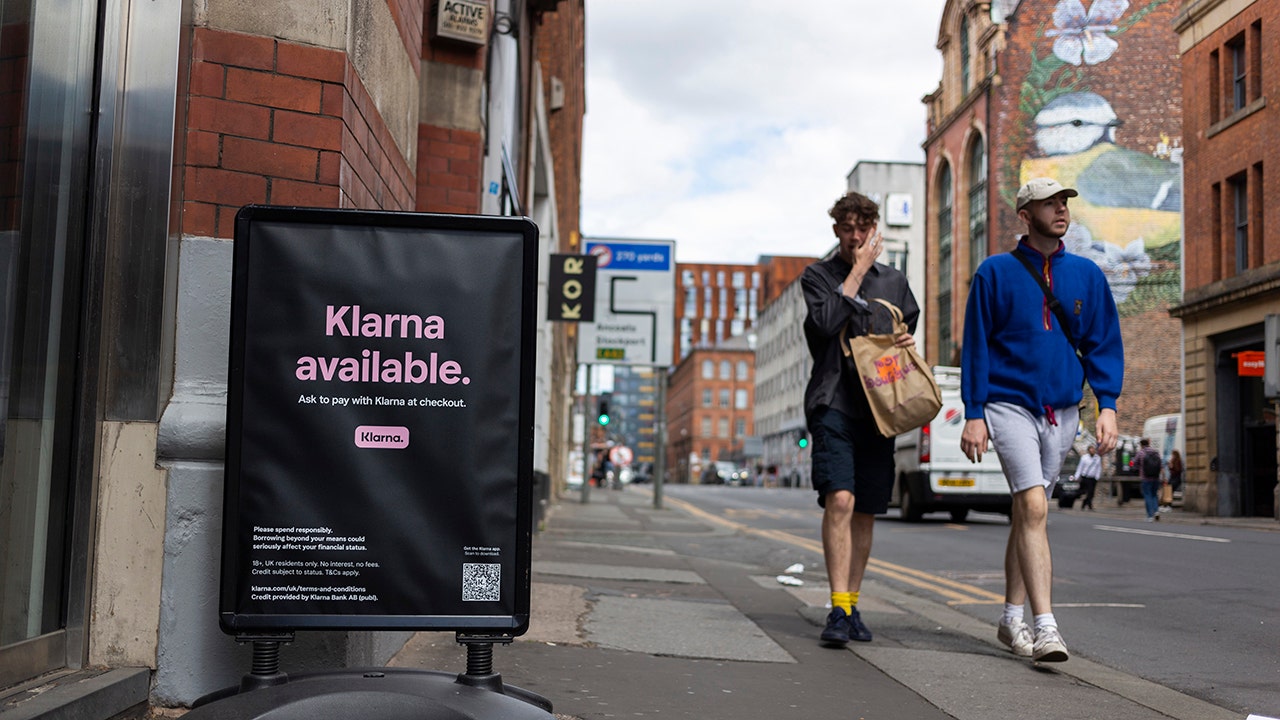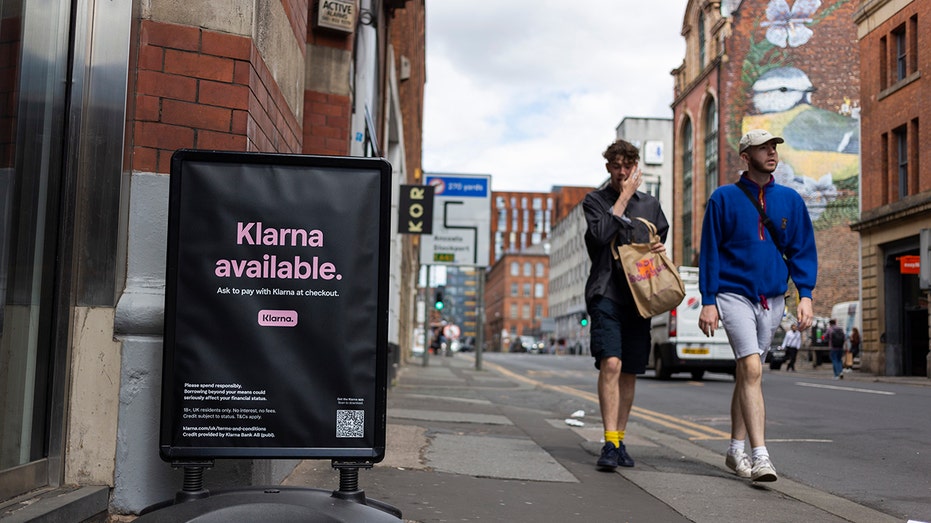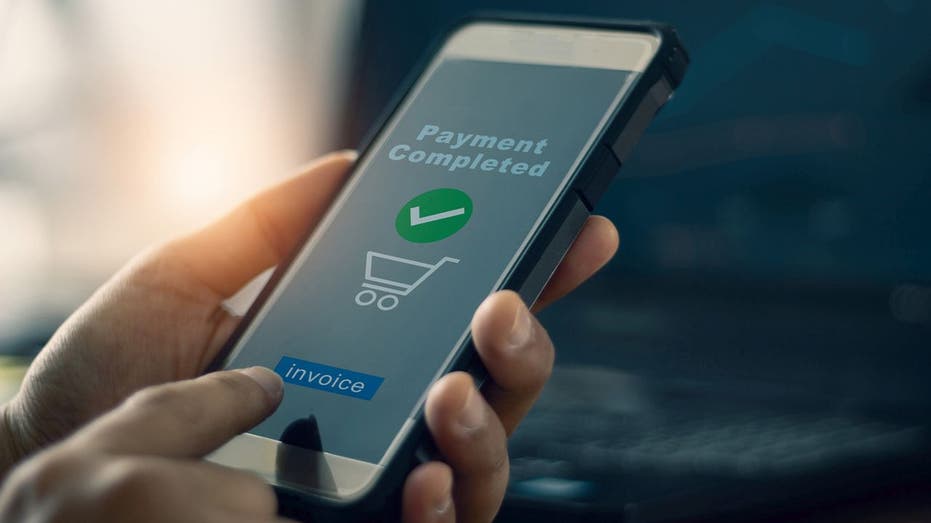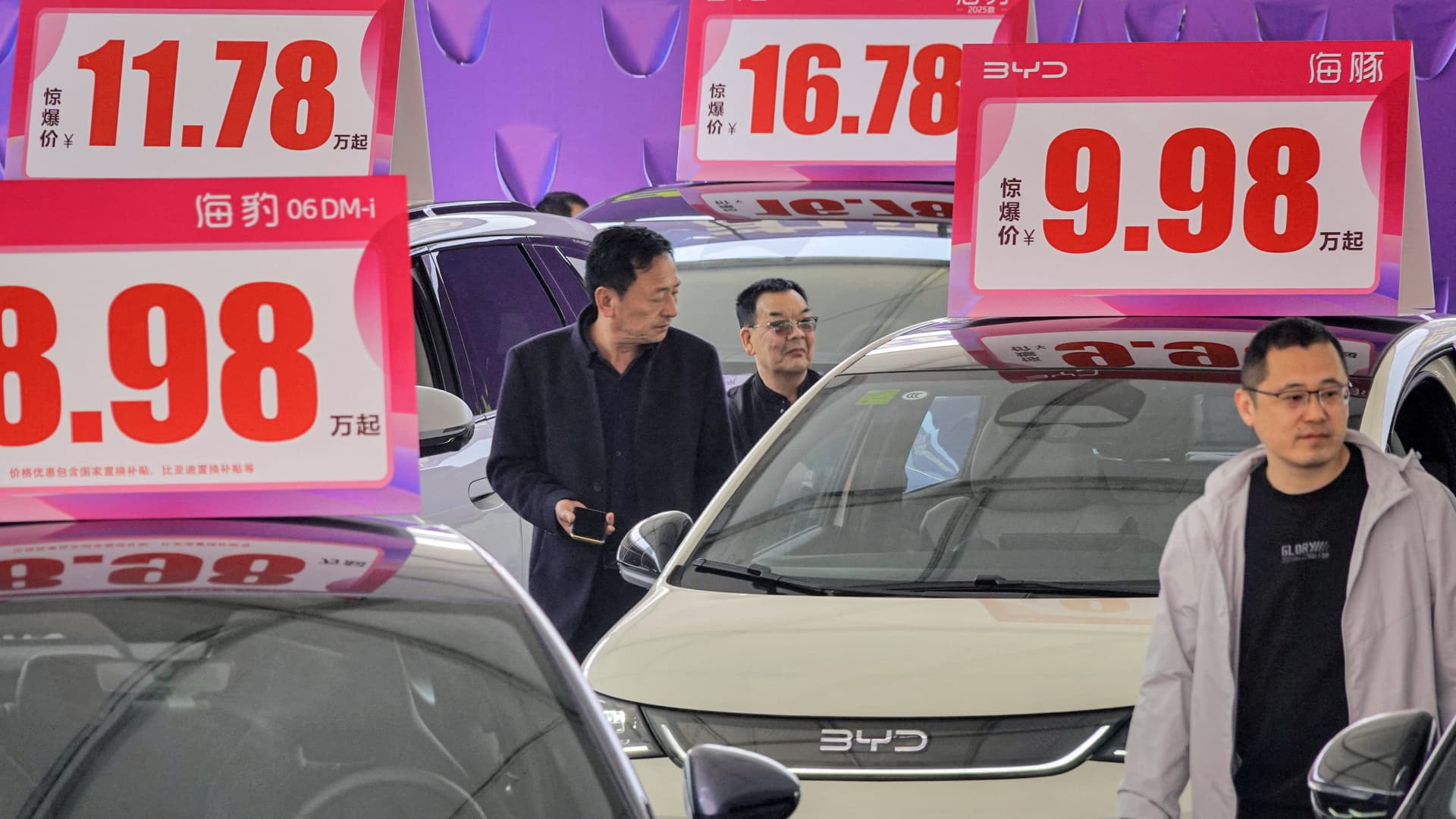‘The Big Money Show’ co-hosts discuss buy now, pay later spending options and the impact it will now have on your credit score.
Using “buy now, pay later” (BNPL) has become increasingly common in recent years as people look to split up and finance purchases they make.
According to Credit Sesame financial analyst Richard Barrington, some key steps people should take as they utilize BNPL include budgeting beforehand, reviewing the terms of the plan, determining what fees could be associated and being prepared for automatic payments.
“If you need BNPL to be able to pay for something, you have to question how you’re going to come up with the money to make the BNPL payments when they come due,” he said, noting budgeting ahead of time can help someone figure out if they can foot the bill for what they’re buying and any debt they could build up because of it.
BUY NOW, PAY LATER PITFALLS: MANY CONSUMERS AREN’T PAY LOANS
He recommended reviewing what income will come in “over the term of the BNPL payments” and then subtracting “all the essential expenses you’ll have during that time” to help “see if you’ll have enough left over to cover BNPL payments.”
“If not, you risk missing one of those BNPL payments and incurring late fees,” he said.
Budgeting beforehand can “also help you avoid not being able to afford one of those essential expenses because you committed too much money” to BNPL, according to Barrington.
The Credit Sesame financial analyst urged people taking out BNPL loans to take a close look at the terms of the plan they’re signing up for.
“Know how much you have to pay and when,” Barrington said. “Also pay attention to what happens if you don’t make a payment on time.”
Knowing the timing and size of the BNPL payments can help avoid incurring a late fee, he said.
BNPL late fees averaged $7 for a loan taken out on a $135 purchase, according to the Federal Reserve Bank of Richmond.
Barrington advised “avoid signing a BNPL agreement you can’t take home and read first.”
“Many BNPL arrangements are made at the point of sale, like in a store. That means you’re trying to understand the terms while you’re in a hurry and with lots of distractions around,” he said. “Instead, take the agreement home with you to read, and then come back to the store to make the purchase. If it doesn’t seem worth that effort, perhaps you don’t really need to buy the item.”
Members of the public pass by a floor advertisement for tech firm Klarna, a European ecommerce company which allows users to buy now, pay later, or pay in installments. (Daniel Harvey Gonzalez/In Pictures via Getty Images / Getty Images)
BNPL can have “strict payment terms” that can lead to late fees, so it’s important to know what the costs associated with the plans could look like, according to Barrington.
“These fees may look like they’re fairly low dollar amounts, but since BNPL purchases are generally for relatively low-priced items, they can represent a large percentage of the purchase price,” he explained.
Some ways people can steer clear of late fees from BNPL include budgeting and knowing the terms of the installment plan they’re using.
On top of that, he said, creating calendar reminders or using automatic payment options can be helpful.
When it came to automatic BNPL payments, Barrington noted people should “pay close attention to the amount and schedule” because “otherwise you may find yourself hit with an overdraft fee if your bank account doesn’t have sufficient funds to cover the payments.”
COSTCO ROLLS OUT BUY NOW, PAY LATER FOR BIG ONLINE PURCHASES THROUGH AFFIRM
Some BNPL services make enrollment in automatic payments mandatory, he said.
However, people should not take out more than one out at a time, according to Barrington.
“People often turn to BNPL loans when they’re having trouble making ends meet,” he said. “That’s not going to get any easier if they take on multiple BNPL obligations that they’re going to have to come up with the money for in the months to come.”
Some retail experts and financial lending providers are saying buy now, pay later programs are the new layaway. (iStock / iStock)
He said to “avoid using BNPL for anything whose useful life lasts less time than it will take you to finish paying off the BNPL loan.”
BUY NOW, PAY LATER USAGE FOR GROCERIES NEARLY DOUBLES AS CONSUMERS STRUGGLE WITH FOOD COSTS
Another tip that Barrington had was to look into secured credit cards or “becoming an authorized user on someone else’s card” instead of BNPL.
“Secured credit cards or having someone sign you on as an authorized user of their card can be a way in for people who don’t have good enough credit to qualify for a card on their own,” he said.
Credit requirements can differ from card to card. Americans had FICO Scores of 715 on average last year, according to Experian.

 Accounting7 days ago
Accounting7 days ago
 Economics1 week ago
Economics1 week ago
 Personal Finance1 week ago
Personal Finance1 week ago
 Accounting7 days ago
Accounting7 days ago
 Finance6 days ago
Finance6 days ago
 Economics1 week ago
Economics1 week ago
 Economics1 week ago
Economics1 week ago
 Economics1 week ago
Economics1 week ago
